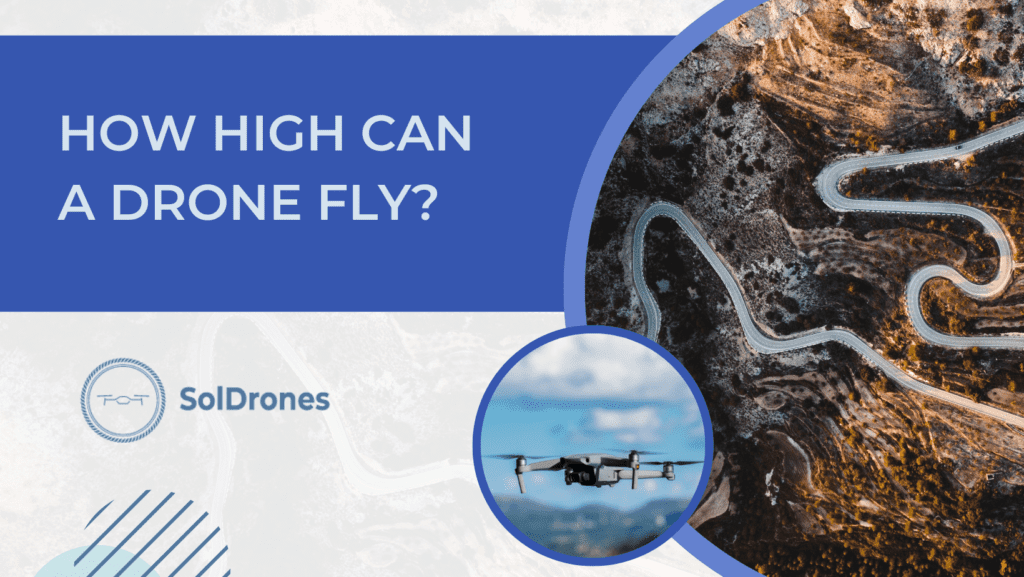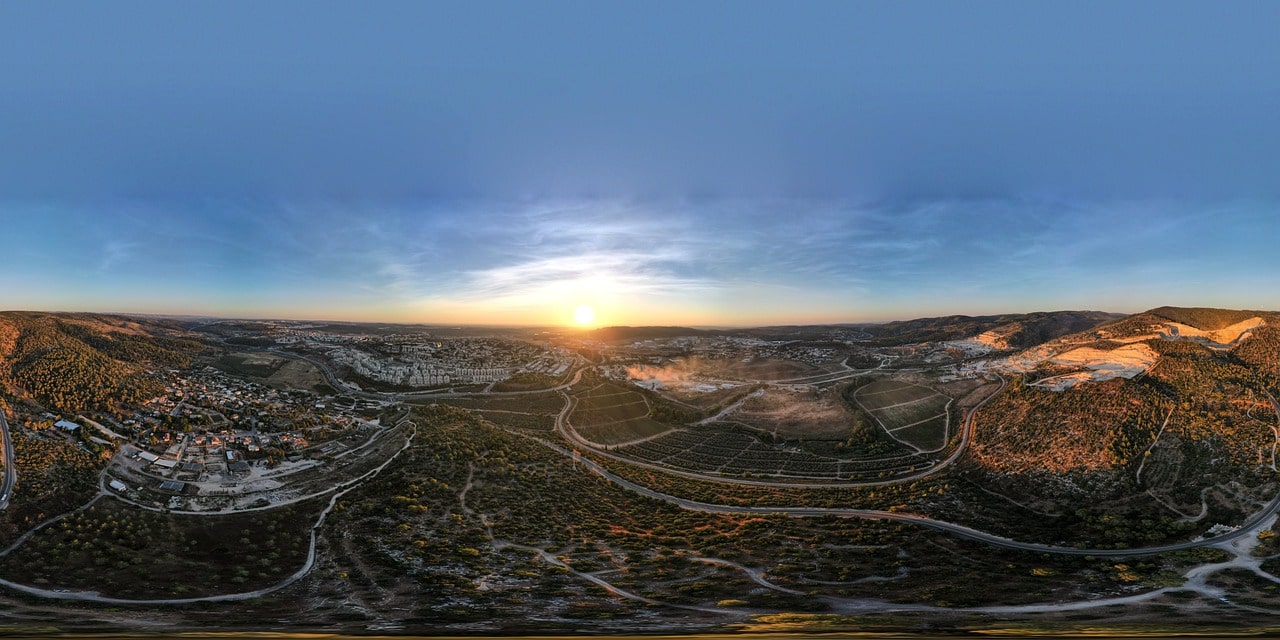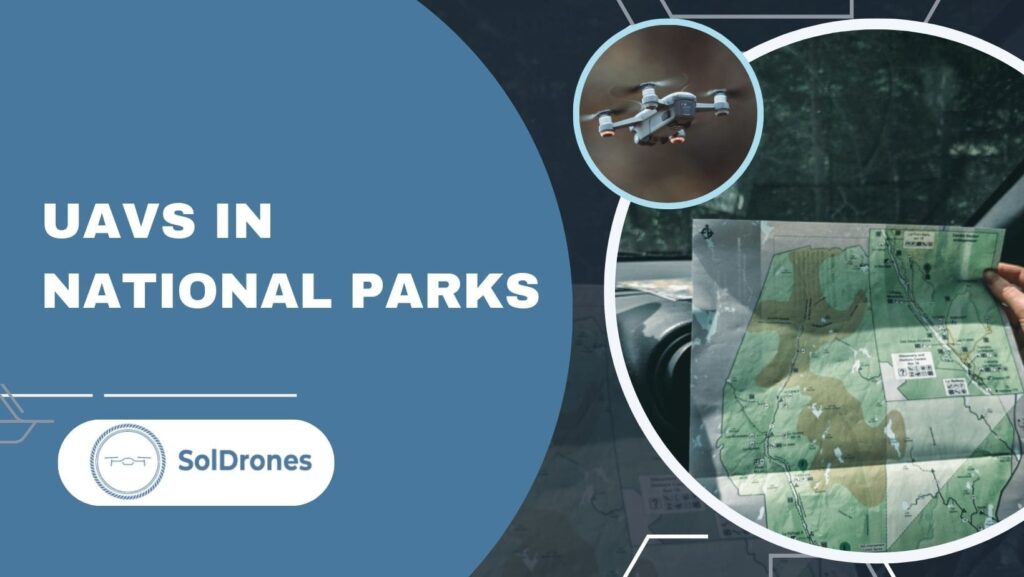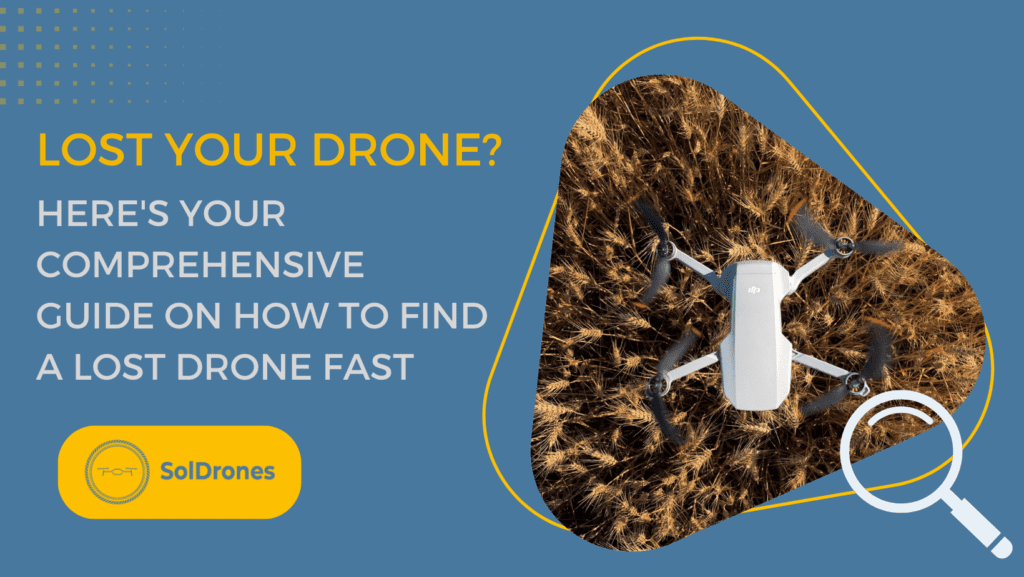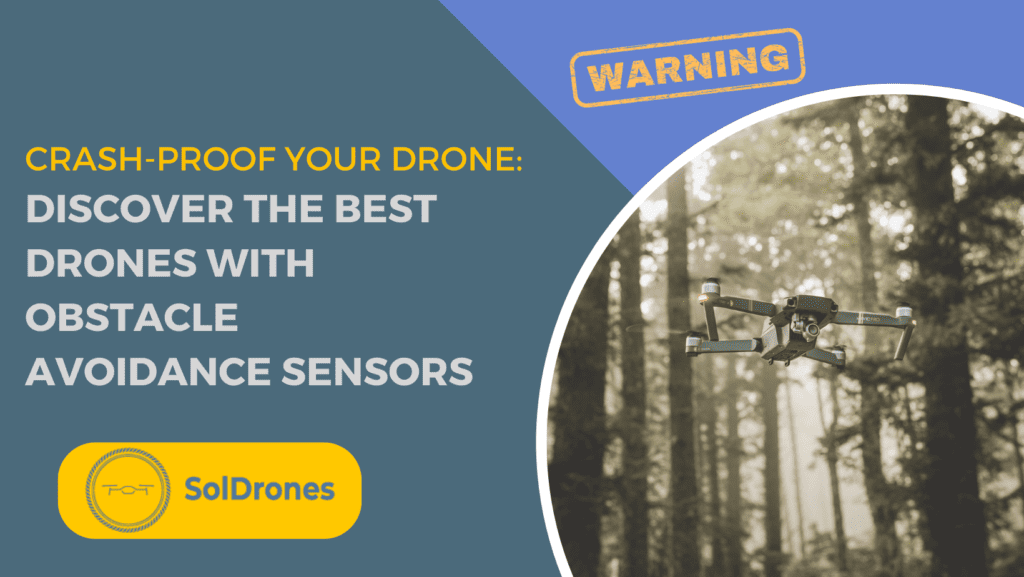Charted by the Federal Aviation Administration (FAA), the legal flight path for drones reaches a ceiling at 400 feet.
This isn’t an arbitrary number but a carefully calculated boundary to keep the skies safe and orderly.
It’s crucial to grasp not just the height but also how to maneuver your drone within this vertical limit, making the most of your airborne adventures while staying in compliance with regulations.
The skies are filled with nuances, and the drone laws reflect that. Exceptions are drawn, allowing for flights above 400 feet under specific circumstances.
Understanding these unique cases can open up new possibilities for drone pilots. However, navigating these exceptions requires a deft hand on the controls and a thorough knowledge of the rules.
Throughout this article, we also touch upon the physical limitations of drones, which reveal just how high these devices can go when not bound by legal constraints.
Let’s dive into the fascinating interplay of technology and regulation that defines the answer to “how high can a drone fly?“
Article Highlights:
- The Federal Aviation Administration (FAA) sets the legal drone flight height at a maximum of 400 feet
- Flying above the legal limit it a potential risk to commercial aircraft and restricted airspace
- Frequently check the built-in altitude dials to gauge your height
- Lightweight and No Registration Required: Weighs under 249 g, eliminating the need for registration in many regions.
- 4K/60fps HDR Imaging: Captures stunning vertical videos in high quality, perfect for day and night scenes.
- Omnidirectional Obstacle Sensing: Enhanced safety with comprehensive obstacle detection, ideal for beginners and experienced users alike.
The DJI Mini 4 Pro is celebrated for its value, quality, and user-friendliness. Here’s a concise summary of customer feedback: High Performance: Acclaimed for its superior flying ease, robust obstacle avoidance, and stability.
- Exceptional Image Quality: Captures stunning pictures and videos, lauded for professional-grade quality.
- Convenient Operation: The built-in screen on the controller enhances ease of use, eliminating the need for a phone or tablet.
- Battery Life & Connectivity: While praised overall, some users note the battery life is shorter than advertised and mention occasional connectivity issues at longer ranges.
Overall, customers appreciate the DJI Mini 4 Pro for its top-notch performance and ease of use, though they advise being mindful of the battery life and range limitations.
Video Credit: Ken Heron
The Concept of Drone Altitude
Altitude, in the drone world, isn’t just a number. It’s a careful balance between the drone’s technical prowess and aviation law.
Altitude is measured in two ways: Above Ground Level (AGL), which calculates how high the drone is flying over the immediate launch area, and Above Sea Level (ASL), considering the elevation of the location itself.
Deciphering drone altitude is a bit like learning a new language – complex at first, but easier once you understand the basics.
Legal Limits on Drone Altitude
The sky might be the limit, but not for drones. The Federal Aviation Administration (FAA) sets the legal drone flight height at a maximum of 400 feet. This isn’t an arbitrary figure.
The Federal Aviation Administration (FAA) sets the legal drone flight height at a maximum of 400 feet.
It’s a safety precaution to avoid any unwanted encounters with manned aircrafts, which typically fly above this limit.
In Europe, the legal height ceiling is slightly more generous, regulated at 500 feet. The drone’s max height, therefore, depends on where it spreads its electronic wings.
Exceptions to the 400-feet Rule
The rulebook for drones is as intricate as the devices themselves. Even the 400-feet rule comes with a footnote: drones can fly higher if they’re within a 400-foot radius of a structure. It’s as if the structure extends an invisible ‘vertical boundary’ for the drone.
However, the FAA also provides a process for waivers, allowing certain drones to surpass their max high under specific circumstances.
Commercial vs Recreational Drones: Are the Rules Different?
Think of drones as if they were cars. Just like how a commercial truck differs from a personal vehicle, the use case of a drone can impact its operational rules. Recreational drones, akin to a family car, stick to the 400-foot limit.
Meanwhile, commercial drones, comparable to licensed trucks, can exceed this altitude when within 400 feet of a structure.
As you might learn in our article on how to become a drone entrepreneur, this difference in regulation opens up new avenues for drone usage in business, from inspecting tall infrastructure to performing high-rise maintenance tasks.
Physical Limitations on Drone Altitude
Imagine a runner sprinting uphill. As the slope steepens, the run becomes a jog, then a walk, and eventually, the runner stops, unable to climb higher.
This is akin to a drone’s encounter with air density and engine power. The thinning air at higher altitudes provides less lift, while the drone’s engines fight gravity.
How high can a drone go, in terms of physical limitations? Well, some of the highest-flying drones, both military and civilian, have touched heights of 10 kilometers (33,000 feet), but this is far beyond the legal and often safe limits for most drones.
Consequences of Violating Altitude Limits
Rising above the legal drone flight height can lead to more than just a spectacular view. From fines and sanctions to confiscation, flying a drone irresponsibly can land you in a whole world of trouble.
Not to mention, it’s a potential risk to commercial aircraft and restricted airspace. While reaching new heights might seem like an achievement, violating the rules is a descent into dangerous territory.
Recognizing Over-Altitude Flight and Ensuring Safe Drone Navigation
Determining if you’ve flown your drone too high often depends on maintaining a keen awareness of your surroundings and using your drone’s built-in technology to your advantage.
Many drone models come with integrated altimeters that provide real-time data on your drone’s altitude.
If your drone lacks this feature, maintaining a visual line of sight can help gauge altitude, although this method is less precise.
Exceeding the altitude limit is risky, not just because it is illegal, but also because it can lead to loss of control and potential collisions. If you realize that your drone has flown too high, gently lower the altitude by moving the throttle stick downwards.
Do this carefully and steadily to avoid a rapid descent that might damage the drone.
Always ensure that your drone is in good working order before each flight, and familiarize yourself with the drone’s control system. Understand your drone’s limitations and the law. And most importantly, remember that in case of any complications, many drones have a ‘return to home’ function, which can save your drone from a precarious situation.
While drones open up new perspectives and possibilities, remember that they should be flown responsibly. Every flight is an opportunity to not only capture stunning footage but also to show that drone pilots are committed to safety.
Technology for Ensuring Compliance with Altitude Limits
As with any industry, technology has a way of keeping things in check. Several drones come equipped with built-in software that sets a limit on flight altitude. From hobbyist devices to professional-grade drones, these technological safeguards ensure that pilots don’t inadvertently break the rules.
It’s like a virtual leash that pulls the drone back before it ventures too far. Our article on how to find a lost drone even explores tech solutions for the moments when a drone flies out of sight or beyond its max high.
Staying Safe While Flying High
The first rule of drone flying: safety always takes precedence. Abiding by the rules isn’t just about avoiding penalties, it’s about operating responsibly and keeping the airspace safe for everyone.
This principle rings true whether you’re flying drones recreationally or taking a deeper dive into tasks like drone mapping. The sky might be vast, but it’s shared by all, and respecting that space is essential.
Final Thoughts
Drones have opened up a whole new perspective of our world, soaring above the limitations of the past. But in this quest for the skies, it’s essential to remember that every flight is bound by rules. How high can a drone fly? Technically, quite high. Legally, it’s best to stick to 400 feet. So, keep these insights in mind, whether you’re piloting a drone for fun or for business, and let’s fly responsibly, embracing the wonders of this incredible technology while respecting the legal and safety guidelines that come with it.
FAQs
How high can a drone fly?
Drones can technically fly quite high, with some models capable of reaching heights over 10 kilometers or 33,000 feet. However, for safety and legal reasons, the Federal Aviation Administration (FAA) in the U.S. sets a maximum altitude of 400 feet for most drone flights. In Europe, this limit is slightly higher at 500 feet.
What are the exceptions to the 400-feet altitude rule?
While the 400-feet rule generally applies, there is an exception that allows drones to fly higher if they are within a 400-foot radius of a structure. This is because the structure effectively extends an invisible ‘vertical boundary’ for the drone. Also, the FAA offers a waiver process for certain situations, allowing drones to exceed the standard limit under specific circumstances.
Do commercial and recreational drones have different altitude limits?
The altitude limit for both commercial and recreational drones is typically 400 feet. However, commercial drones can exceed this limit if they are within 400 feet of a structure, which opens up opportunities for various business applications, such as high-rise maintenance or infrastructure inspection.
What are the consequences of violating drone altitude limits?
Violating drone altitude limits can result in serious consequences, including fines, sanctions, and even confiscation of the drone. Flying a drone irresponsibly can also pose a significant risk to commercial aircraft and can infringe upon restricted airspace.
How do drones ensure compliance with altitude limits?
Many modern drones come equipped with built-in software that sets a limit on flight altitude. This feature acts as a sort of ‘virtual leash’, preventing pilots from inadvertently breaking the rules by flying the drone too high. Some drones also incorporate technology to help locate them if they fly out of sight or beyond their maximum height.

